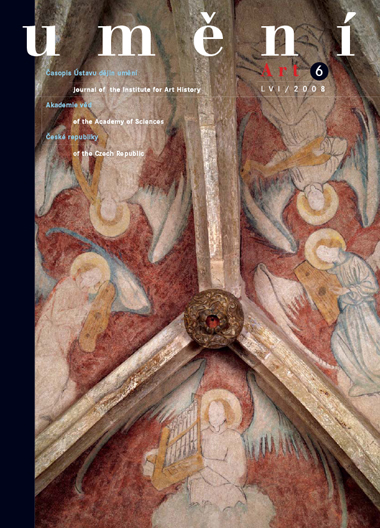David Leatherbarrow
Creative Movement: in Shaftesbury and Early Romanticism
This study examines a familiar but contested topic in the philosophy of art and architecture: that artistic creativity participates in the productive power of nature, that the 'vital principle' animating the natural world also inspires the work of painters, architects, and garden designers. The historical background for this conception is part of what this text explains, but also the philosophical problems underlying it. This 'indwelling power,' supposed by Goethe, Herder, Schelling, the Schlegel brothers, and others to create 'living works'in both nature and art, was thought to arise from different kinds of movement, three in fact, that cooperate with and depend upon one another. Movement so conceived will be shown to be both an indication and essential condition of life, not just in nature but also in art. The writings of the early romantics demonstrate this conception, but also the ideas of a late baroque writer, the Third Earl of Shaftesbury. In addition to his writings, art works he commissioned or designed (paintings, engravings, and gardens) will be considered, in order to show the efficacy of his ideas, even if later writers knew little or nothing of these works. Reworked versions of the myths of Prometheus are central in this account, particularly the idea that the artist is a 'just Prometheus under Jove.' A related symbolism - artistic creativity as the work of genius - will be used to show the interdependence of the person, the place, and productive power in the origin and development of art works, particularly architecture and gardens. Although the rise of these myths, symbols, and ideas paralleled the emergence of modern aesthetics, Shaftesbury's writings and works opposed the notion that art is created and exists for its own sake; instead, his aim was 'to twist and interweave morality with plasticks.' Art, so conceived, not only represents the life of the soul, but gives it recognizable shape and purpose.
Full-text in the Digital Library of the Czech Academy of Sciences:
https://kramerius.lib.cas.cz/uuid/uuid:6839d6fb-f738-5ead-f4f7-4f3e6bdc7059
< back

